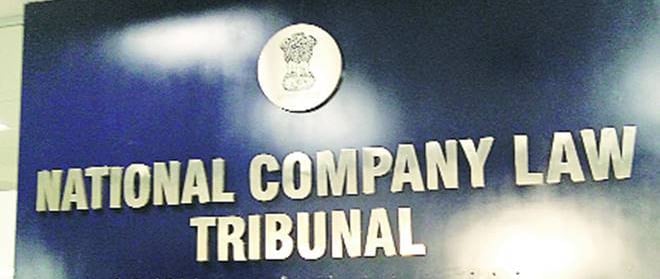The National Company Law Tribunal: India’s One Stop Court for Corporate Drama
Corporate India used to resemble a legal pinball machine. Insolvency skirmish? File at the Board for Industrial & Financial Reconstruction (BIFR). Minority rights meltdown? Rush to the Company Law Board. Scheme of arrangement? Knock on a High Court door. That maze ended in 2016 when Parliament switched on the National Company Law Tribunal (NCLT)—a single, specialist forum that now calls the shots on almost every high stakes business dispute. If you own equity in an Indian company, finance one, or dream of stitching together a mega merger, the NCLT is your new centre stage.
Lena Navas, BBA., LL.B (Hons.) 3rd year
4/29/20252 min read


What exactly is the NCLT?
Born from Chapters XXVII–XXVIII of the Companies Act 2013 and super‑charged by the Insolvency & Bankruptcy Code 2016 (IBC), the Tribunal blends judicial rigour with technical expertise. Each Bench pairs a retired judge with a former bureaucrat, chartered accountant, or company secretary, ensuring commercial nuance complements black‑letter law. Orders travel to the National Company Law Appellate Tribunal (NCLAT) and—on pure questions of law—to the Supreme Court, maintaining a tight appellate ladder.
Five blockbuster roles
Jurisdiction Power move Case spotlight
Oppression & Mismanagement Freeze hostile board decisions, Tata Sons v. Cyrus Investments (2021)
re‑write share terms
Corporate Insolvency (CIRP) Admit creditor pleas in 14 days; Innoventive v. ICICI Bank (2017)
run a 330‑day rescue clock
Mergers & Demergers Green‑light cross‑border or group Reliance Jio–Infocomm scheme (2017)
restructurings
Revival of Struck‑off Companies Resurrect dormant start‑ups Wave of 2023 fintech revivals
erased by the ROC
Residual Winding‑Up Finish pre‑IBC liquidation cases Ongoing legacy matters
Why the Tribunal matters
Sector depth, consistent outcomes. A dedicated Bench hears hundreds of similar petitions, so investors see fewer rogue interpretations.
Statutory stop‑clock. Under the IBC, insolvency cases must conclude within 330 days. Latest Ministry of Corporate Affairs data (March 2025) shows 71 percent of matters beat that deadline—years faster than the pre‑IBC era.
Digital courtrooms. E‑filing and virtual links mean counsel carry laptops, not suitcase‑sized bundles.
The pain points (and promised fixes)
Backlog remains the NCLT’s plot twist: roughly 29,000 cases are pending. The government has cleared two new Benches in Jaipur and Guwahati, and a hiring sprint for Technical Members is underway. Divergent first‑instance orders also ruffle predictability; quarterly “law‑day” sittings at the NCLAT now iron out conflicting rulings.
Entering the arena: a 30‑second checklist
Pick the right Bench—registered‑office rule governs territorial jurisdiction.
Draft with precision—facts → reliefs → statutory hooks.
E‑file on the MCA portal—an auto‑generated diary number tracks progress.
Serve notices to creditors or shareholders promptly.
Log in early on hearing day—virtual links drop 24 hours beforehand, and the waiting‑room clock respects no one.
The take‑away
The NCLT isn’t just another courtroom; it is the command centre for Indian corporate governance. From salvaging distressed airlines to policing boardroom coups, its orders ripple across credit markets and share prices. Master its processes today, and you can navigate tomorrow’s corporate storms with confidence. In a landscape where months can decide the fate of billion‑dollar assets, understanding the NCLT is no longer optional—it’s your competitive edge.
Because Every Legal Mind Deserves a Great Conversation.
Legaltea.in@gmail.com
+91 6284295492
MSME Certified
© 2025 Legal Tea. All rights reserved.


